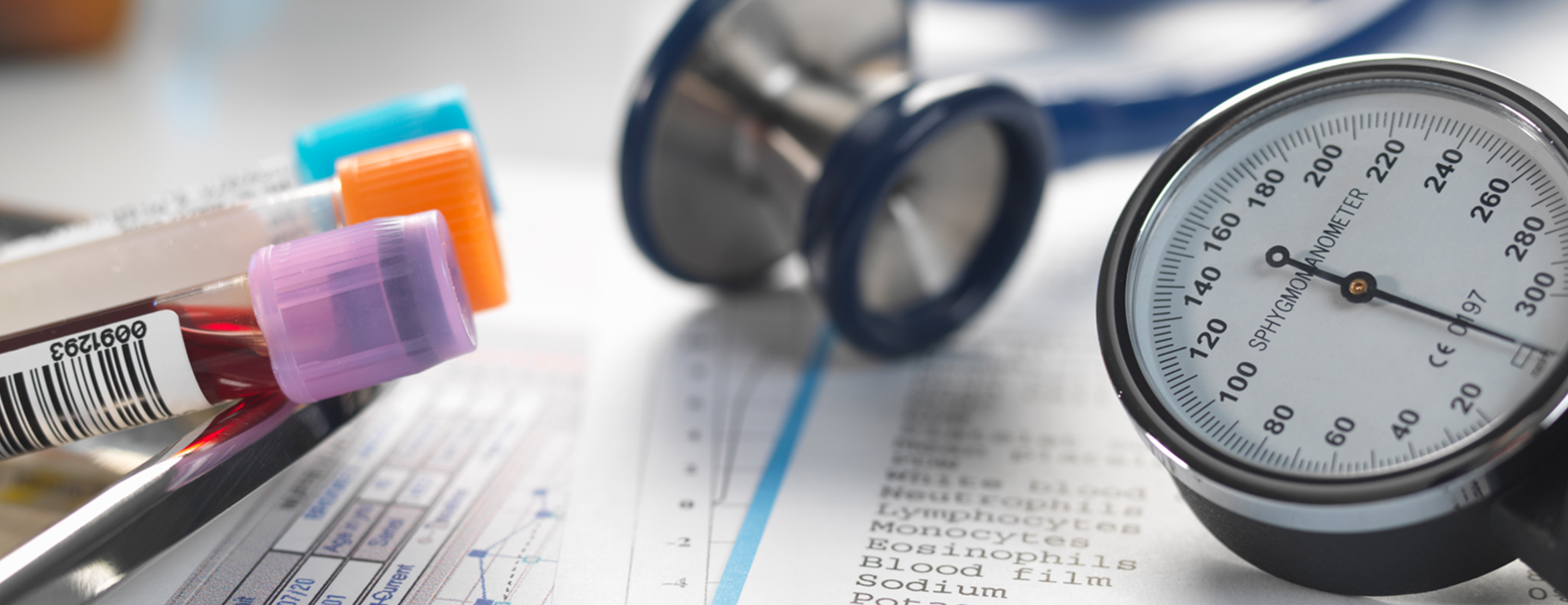
LDH isoenzyme blood test
Definition
The
Alternative Names
LD; LDH; Lactic (lactate) dehydrogenase isoenzymes
How the Test is Performed
A
How to Prepare for the Test
The health care provider may tell you to temporarily stop taking certain medicines before the test.
Drugs that can increase LDH measurements include:
- Anesthetics
- Aspirin
- Colchicine
- Clofibrate
- Cocaine
- Fluorides
- Mithramycin
- Narcotics
- Procainamide
- Statins
- Steroids (glucocorticoids such as hydrocortisone or prednisone)
Do not stop taking any medicine before talking to your provider.
How the Test will Feel
When the needle is inserted to draw blood, some people feel slight pain. Others feel only a prick or stinging. Afterward, there may be some throbbing or a slight bruise. This soon goes away.
Why the Test is Performed
LDH is an
The LDH test helps determine the location of tissue damage.
LDH exists in five forms, which differ slightly in structure.
- LDH-1 is found primarily in heart muscle and red blood cells.
- LDH-2 is concentrated in white blood cells.
- LDH-3 is highest in the lung.
- LDH-4 is highest in the kidney, placenta, and pancreas.
- LDH-5 is highest in the liver and skeletal muscle.
All of these can be measured in the blood.
What Abnormal Results Mean
LDH levels that are higher than normal may suggest:
Hemolytic anemia - Hypotension
Infectious mononucleosis - Intestinal ischemia (blood deficiency) or infarction (tissue death)
Ischemic cardiomyopathy - Liver disease such as
hepatitis - Lung tissue death
- Muscle injury
Muscular dystrophy - Pancreatitis
Stroke
Risks
There is little risk in having your blood taken. Veins and arteries vary in size from one person to another and from one side of the body to the other. Taking blood from some people may be more difficult than from others.
Other risks associated with having blood drawn are slight but may include:
- Excessive bleeding
- Fainting or feeling lightheaded
- Multiple punctures to locate veins
- Hematoma (blood accumulating under the skin)
- Infection (a slight risk any time the skin is broken)
References
Pincus MR, Carty RP. Clinical enzymology. In: McPherson RA, Pincus MR, eds. Henry's Clinical Diagnosis and Management by Laboratory Methods. 24th ed. Philadelphia, PA: Elsevier; 2022:chap 21.
Review Date: 02/28/2023
The information provided herein should not be used during any medical emergency or for the diagnosis or treatment of any medical condition. A licensed physician should be consulted for diagnosis and treatment of any and all medical conditions. Call 911 for all medical emergencies. Links to other sites are provided for information only -- they do not constitute endorsements of those other sites. Copyright ©2019 A.D.A.M., Inc., as modified by University of California San Francisco. Any duplication or distribution of the information contained herein is strictly prohibited.
Information developed by A.D.A.M., Inc. regarding tests and test results may not directly correspond with information provided by UCSF Health. Please discuss with your doctor any questions or concerns you may have.





